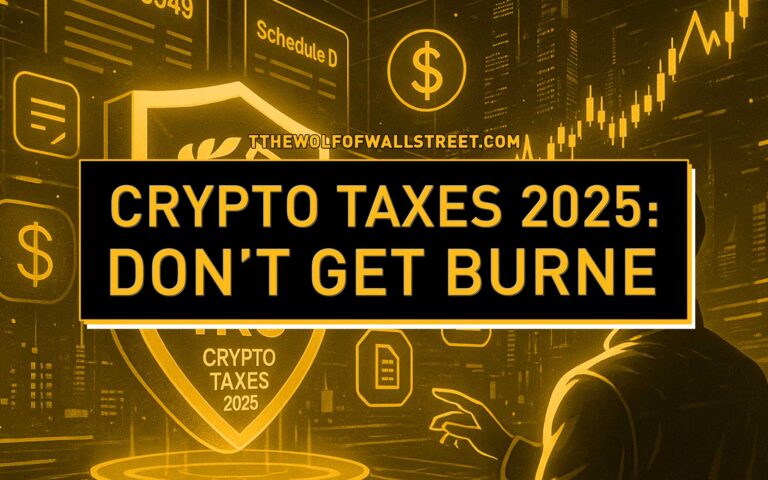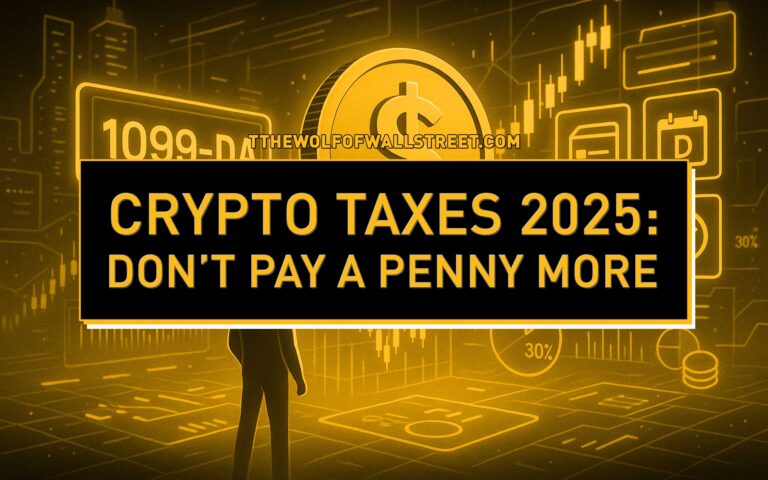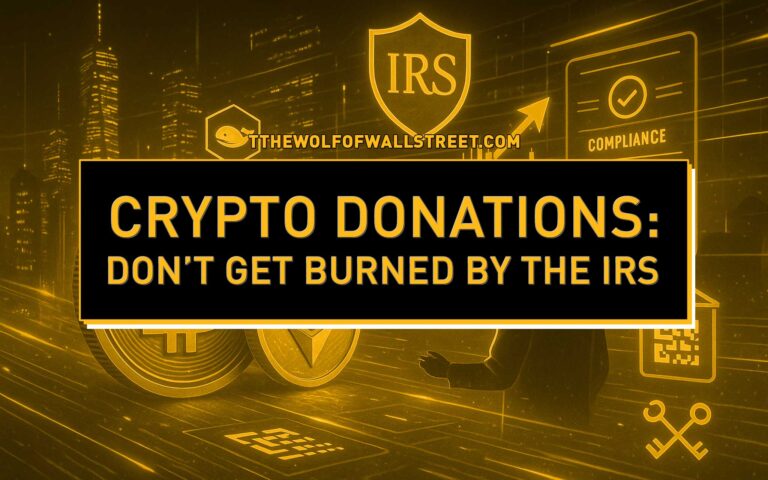💡 Opening Shot: Why Native Tokens Actually Matter
Let me hit you with a question: If you don’t know what a native token is, what are you actually trading? Are you building wealth—or just another victim to hype? The difference is huge. Native tokens are the backbone of every real blockchain ecosystem. If you don’t get this, you’re just rolling dice in the dark.
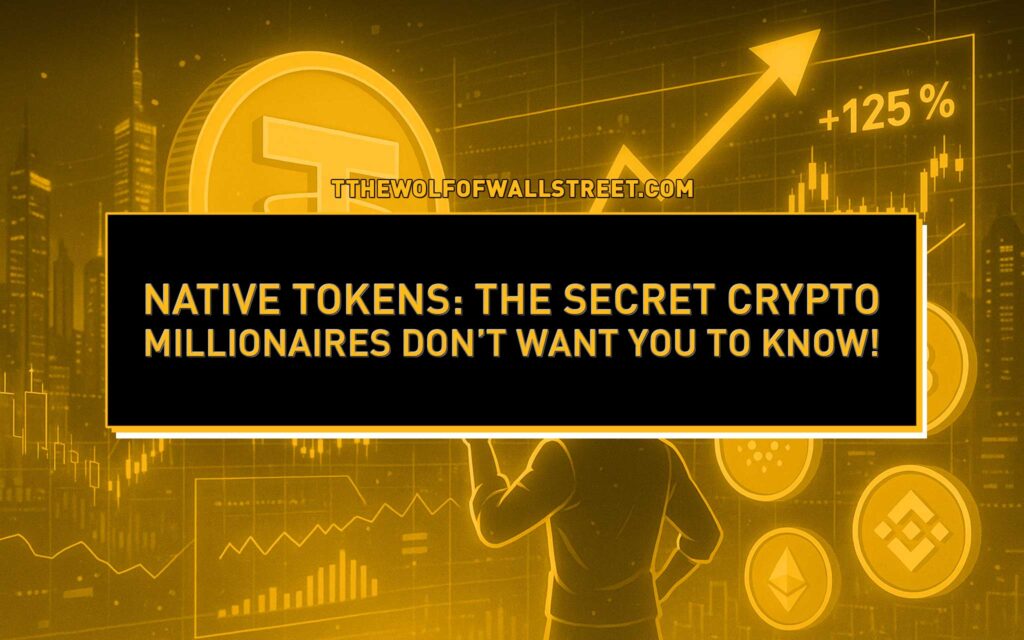
Bottom line? Understand native tokens, and you’ll spot the winners before the crowd. Miss it—and you’ll buy garbage thinking it’s gold.
🔥 The Real Definition: Native Tokens in Crypto
A native token is the original currency minted directly by a blockchain. It’s not some copy-paste project or afterthought—it’s coded in at launch. Think of it as the fuel, the grease, the lifeblood of any blockchain that matters.
Bitcoin’s BTC. Ethereum’s ETH. Cardano’s ADA. Binance’s BNB.
All minted by their own chains, by design—not bolted on later.
But here’s what most “experts” miss: The definition is evolving. Back in the day, “native token” meant only the core currency (think BTC for Bitcoin). Now, it’s about any token minted directly on the base chain, as part of its own infrastructure.
🔄 Native vs. Non-Native Tokens: Don’t Get Fooled
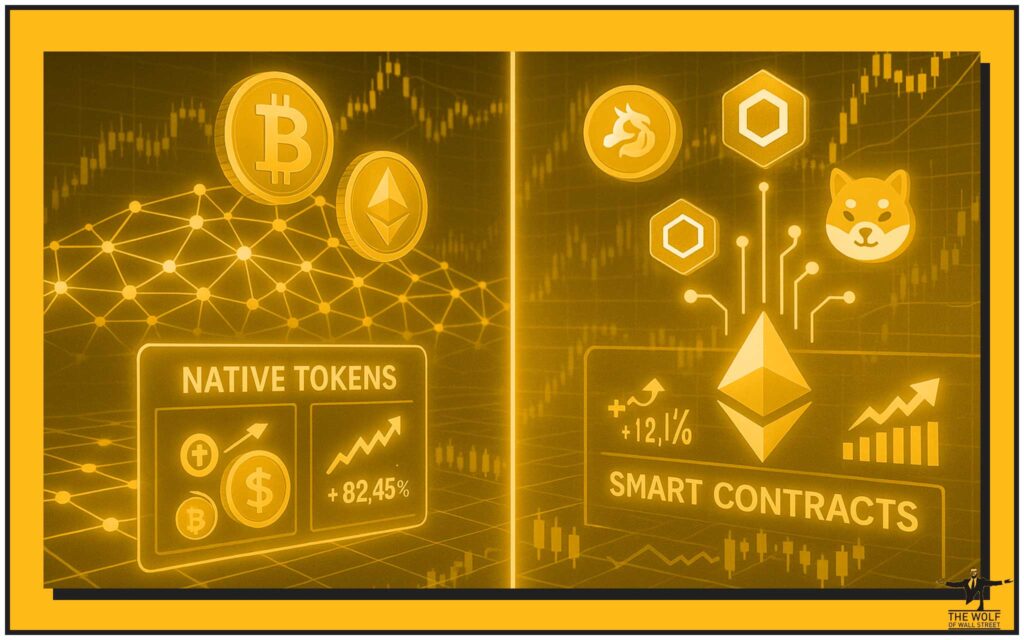
Here’s the no-BS breakdown.
Native tokens: Minted on their blockchain, part of its DNA.
Non-native tokens: Built on top of an existing chain, usually by a smart contract.
| Native Tokens | Non-Native Tokens | |
|---|---|---|
| Example | BTC (Bitcoin), ETH (Ethereum), ADA (Cardano), BNB (Binance), USDC (on supported chains) | UNI (Uniswap), LINK (Chainlink), SHIB, any ERC-20 token |
| Minted by | The blockchain itself | Smart contracts or apps on the chain |
| Role | Transaction fees, governance, block rewards | Utility, governance, payments, but not built-in |
Why does this matter? Because native tokens often have first-class rights—governance, security, value transfer, and more. Non-natives? Sometimes they’re legit, sometimes they’re just chasing the next pump.
⚙️ How Native Tokens Are Created: The Real Engine
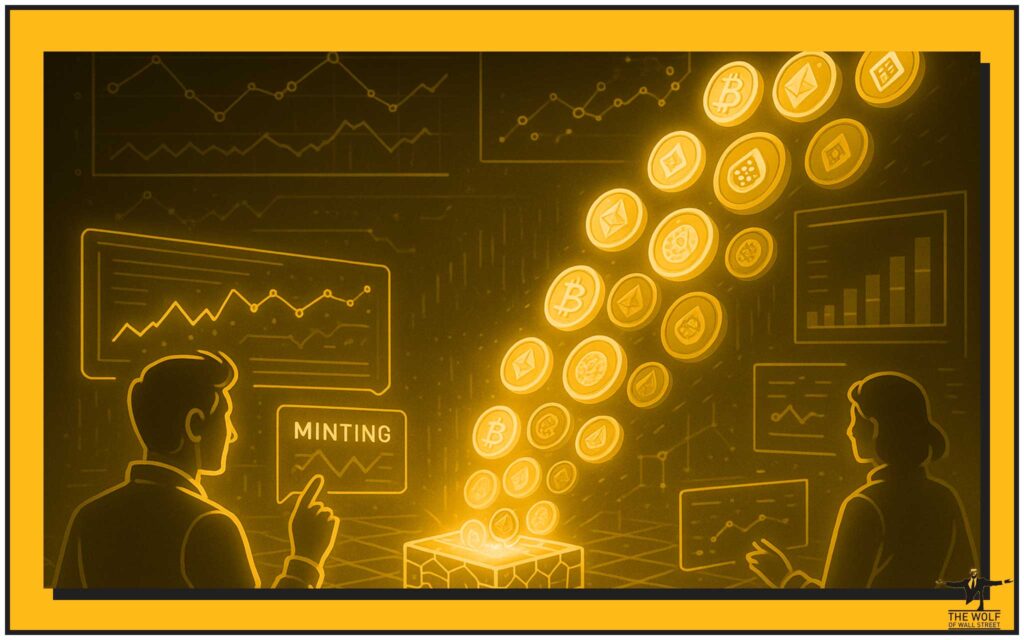
Native tokens are baked in from the start.
When a blockchain goes live, its genesis block mints the native token. No waiting for “community proposals.” No wishy-washy launches. It’s go time, day one.
They’re used to:
- Pay transaction fees (gas)
- Reward miners/stakers
- Run smart contracts
- Power the network’s own security and governance
If the native token fails, the whole blockchain fails.
That’s how fundamental it is.
🌱 Forks, Copies & “Fake” Natives: Spot the Difference or Get Burned
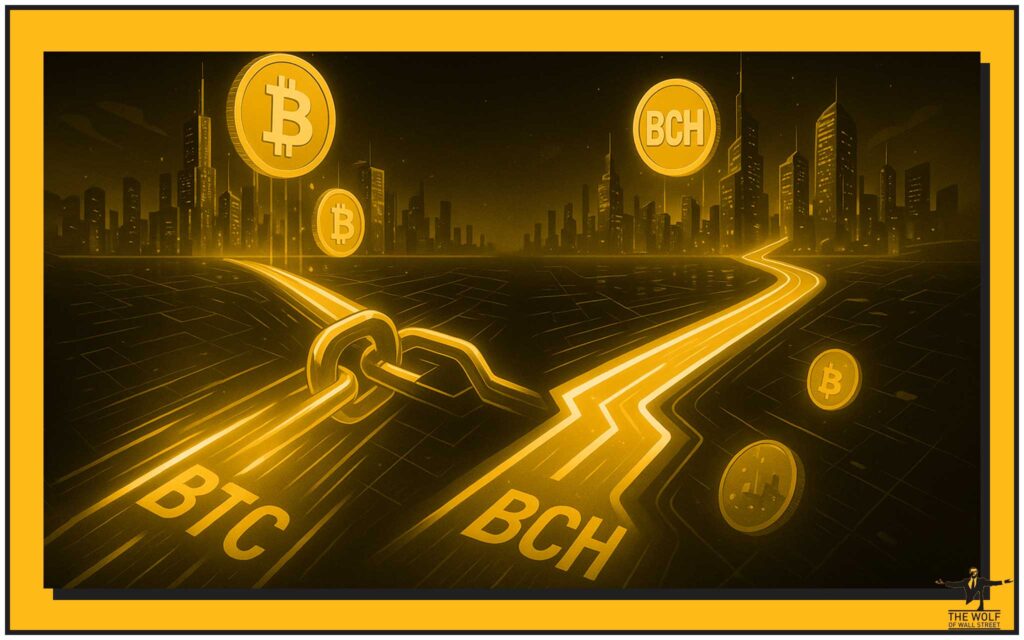
Blockchains fork all the time.
Sometimes it’s innovation, sometimes it’s a fight. Either way, the new chain creates a brand new native token, even if it looks identical at first.
Examples:
- Bitcoin (BTC) vs. Bitcoin Cash (BCH): Forked, now totally separate networks, with different native tokens.
- Ethereum (ETH) vs. Ethereum Classic (ETC): Same story, new coin, new rules.
Don’t be the newbie who buys a forked coin thinking it’s “the same as the original.” Each fork’s token lives and dies by its own network.
🪙 Wrapped Tokens: The Crypto Illusion Revealed

Ever heard of Wrapped Bitcoin (WBTC) or Wrapped Ether (wETH)? Here’s the truth:
Wrapped tokens aren’t native to the chain they’re on. They’re clever, yes, but they’re “representations”—IOUs backed by the real asset, locked up somewhere else, controlled by smart contracts.
- WBTC is an Ethereum token representing Bitcoin, but it isn’t Bitcoin itself.
- Wrapped tokens unlock DeFi, cross-chain trading, and staking—big money moves, but with extra risk and complexity.
Don’t confuse a wrapped token with the real deal. You want the real stuff? Track the chain it’s native to.
🚀 Why Native Tokens Actually Matter: Your Money Is On the Line
Native tokens aren’t just “coins.” They run the show:
- Transactions: Every move on the chain costs native tokens—no exceptions.
- Staking: Most proof-of-stake networks require you to stake the native token to participate and earn rewards.
- Governance: Hold the native, and you often get a say in protocol upgrades or future development.
- Security: Miners/validators are paid in native tokens, keeping the whole network honest.
And here’s the Wolf truth—VCs, whales, and serious players look for native token strength first. If the native token’s weak, the project’s weak.
🌉 Multi-Chain Natives: The USDC Game Changer

USDC flips the script.
Most tokens are native to one chain. USDC? It’s natively minted on multiple major chains (Ethereum, Solana, Avalanche, and more). That means you can hold real, verified USDC—direct from the source—on different blockchains, no wrapping, no conversion needed.
Why does this matter?
- More liquidity, fewer middlemen, bigger opportunities.
- If you’re not following multi-chain native stablecoins, you’re missing the next stage of crypto.
❓ FAQ: Cutting Through the Crypto Noise
Is ADA a native token?
Yes—minted on Cardano, it’s the backbone.
Are stablecoins native?
Most aren’t. USDC is a unique case, native on several chains (as of May 2024).
How do you spot a native token fast?
Check if the blockchain itself mints and supports it directly. If it’s just a smart contract (like ERC-20), it’s non-native.
Do native tokens always mean safer?
No guarantees in crypto. But if a project’s native token has no use, no security, or no active development—it’s time to run.
💰 Practical Applications: How the Pros Actually Use Native Tokens
So, how do real traders, investors, and builders leverage native tokens?
- Staking: Locking up your native tokens to secure the network and bank steady rewards. Think earn-crypto-without-selling-passive-income.
- DeFi: Collateral for borrowing/lending, providing liquidity, or farming yields.
- Voting: Shaping the future of a project (like decred-dcr-hybrid-consensus-community-governance-2024).
- Payments: The foundation for fast, censorship-resistant transactions.
- On-Chain Utilities: Gas, NFTs, gaming, and more—native tokens grease every wheel.
Want in? Start with the how-to-buy-crypto-guide, or go deep on trading-insights, defi, and ecosystems.
⚠️ Pitfalls, Scams & Rookie Mistakes: Wolf-Style Warnings
Don’t be a sucker. Here are the classic traps:
- Chasing non-native tokens without checking liquidity or utility.
- Confusing wrapped tokens for native (and paying the price in network fees or lost assets).
- Getting in late on forked coins, thinking they’re “just like” the original—only to get stuck with a dead chain.
- Falling for the next “big” non-native meme coin with zero real backing or tech.
Stay sharp. Read the whitepapers. Use block explorers. And if it smells fishy, it probably is.
🏆 The Final Word: Why This All Matters—Right Now
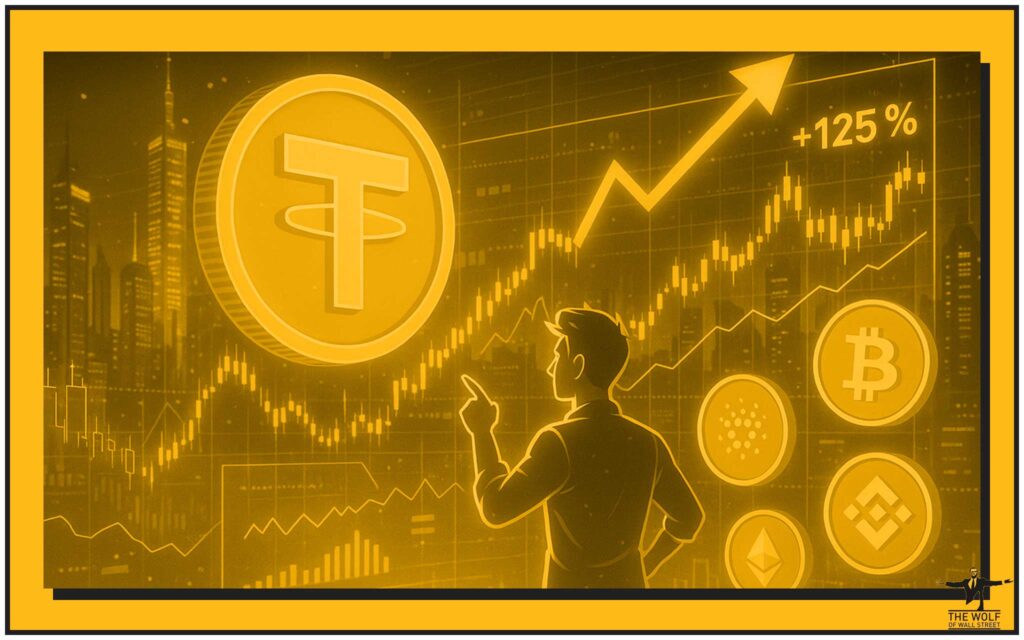
Native tokens aren’t some technical trivia—they’re the beating heart of every blockchain worth your attention. The projects with real, thriving native tokens are where the value, innovation, and big wins live.
Don’t let FOMO, hype, or slick marketing pull you off course. Learn how native tokens work, use them smartly, and you’ll have an edge over 90% of the market. This is where wealth is made.
💸 Sponsored Segment: Dominate Crypto With The Wolf Of Wall Street

If you’re hungry for real, actionable profit in crypto—not just theory—here’s where you take the next step:
The The Wolf Of Wall Street crypto trading community is built for winners:
- VIP Signals: Proprietary, actionable trading signals that put you ahead of the market.
- Expert Analysis: Deep dives from battle-tested crypto pros.
- Private Community: Join 100,000+ sharp traders sharing real opportunities.
- Trading Tools: Volume calculators, resources, and 24/7 support—no guesswork.
- 24/7 Support: Get answers fast, from humans who actually trade.
Ready to level up?
Check the service at The Wolf Of Wall Street Service.
Join the action on Telegram: t.me/tthewolfofwallstreet.
Stop gambling. Start trading smart. Unlock your real crypto potential with The Wolf Of Wall Street.
🔗 Next Steps: Where to Go From Here
- Want to see where the smart money’s heading? Jump to trending crypto news.
- Building your strategy? Hit trading insights.
- Curious about DeFi, NFTs, or gaming? Explore nfts-gaming and defi.
- Creating your own token? See how-to-create-crypto-token-wolf-guide.
- New to crypto? The newbie section has you covered.
Keep learning. Stay sharp. The market rewards those who move fast—and know the fundamentals.
📚 Glossary: Quick-Reference
- Native Token: The original token created by and for a blockchain, used for network functions.
- Non-Native Token: Token created on a blockchain via a smart contract, not by the network itself.
- Minting: The process of creating new tokens, usually at the blockchain’s launch.
- Wrapped Token: A tokenized version of another blockchain’s asset, allowing cross-chain activity.
- Fork: A split in a blockchain, creating a new, separate network and native token.
- Staking: Locking up tokens to participate in network security and earn rewards.
- Governance: Voting on blockchain upgrades or rules using native tokens.
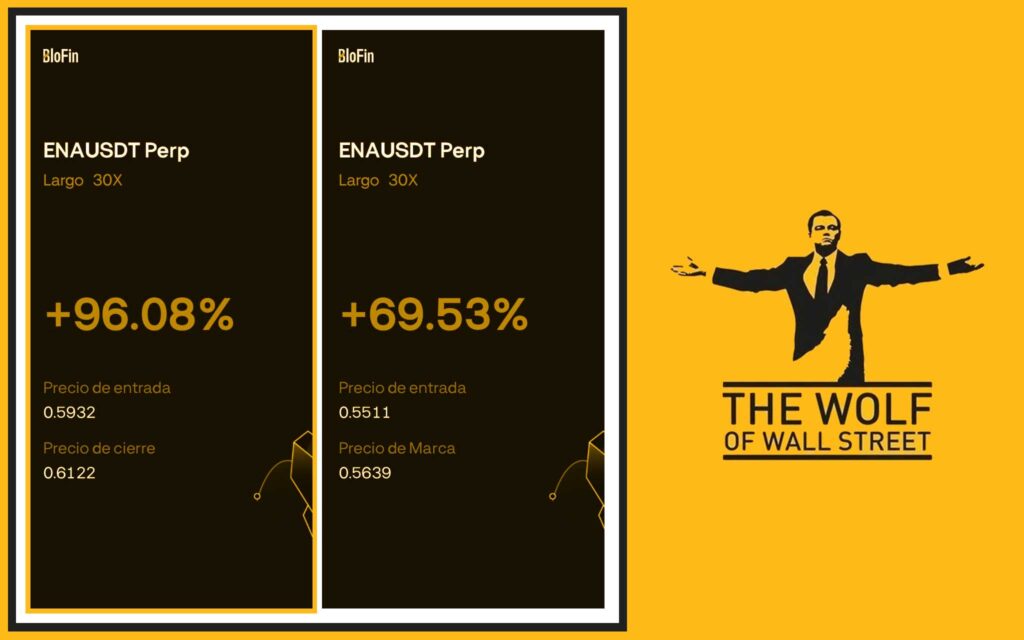
The Wolf Of Wall Street crypto trading community offers a comprehensive platform for navigating the volatile cryptocurrency market.
- Exclusive VIP Signals: Access proprietary signals designed to maximize trading profits.
- Expert Market Analysis: Benefit from in-depth analysis from seasoned crypto traders.
- Private Community: Join a network of over 100,000 like-minded individuals for shared insights and support.
- Essential Trading Tools: Utilize volume calculators and other resources to make informed decisions.
- 24/7 Support: Receive continuous assistance from our dedicated support team.
Empower your crypto trading journey:
- Visit our service: https://tthewolfofwallstreet.com/service for detailed information.
- Join our active Telegram community: https://t.me/tthewolfofwallstreet for real-time updates and discussions.
- Unlock your potential to profit in the crypto market with “The Wolf Of Wall Street”.

